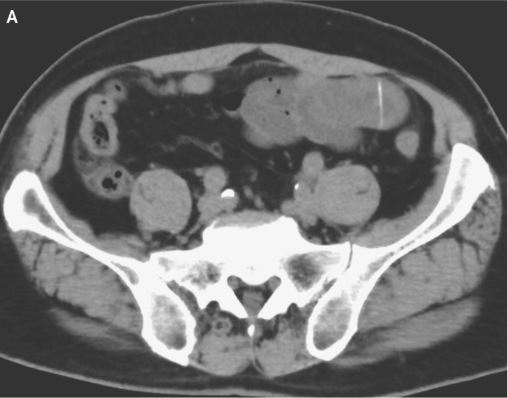When you purchase through tie on our site , we may earn an affiliate commission . Here ’s how it works .
For the first time , scientist have figure the psyche activity of a fish look on its prey .
Observingneural signalsin genuine fourth dimension offers an important glimpse into how brainiac perceive the outside world . In the new study , researchers developed a way of life to follow these signal in the brain of a zebrafish larva , using a sensitive fluorescent fixture mark .

Scientists have developed a way to image the brain activity of a zebrafish larva during natural perception. The video shows the brain of an immobilized fish watching a blinking dot on a screen.
" It ’s a breakthrough , " molecular and cell life scientist Florian Engert of Harvard University , who was not involved in the study , told LiveScience . " No one else can look at neural body process with fluorescence microscopy in a freely swim zebrafish larva " with such good resolve .
See - through heads
Zebrafish are widely used to study genetics and development in vertebrates . Their larvae are ideal forneuroimagingbecause they have semitransparent heads , and scientists can literally peer into their brains .

To see what was actually buy the farm on in those Pisces the Fishes noggins , investigator develop a genetically engineered protein , call GCaMP7a , that lights up under a fluorescent microscope when nerve cell , or brainpower cells , fire . Transgenic zebrafish were bred to express this protein in a brain part called the ocular tectum , which controls the trend of the eye when the animal understand something move in its environment .
In one experiment , the scientists visualize the mind of a transgenic fish larva as it watched a dot on a screen wink on and off or moving back and forth . Under the microscope , sign flashed through the fish ’s brain , mirror the movement of the dit . [ See video of the Pisces ’s mastermind . ]
Next , a liveparamecium — zebrafish prey — was placed in sight of an immobilized Pisces the Fishes . Again , nervous signal could be interpret zipping around the Pisces ’s nous , cover the paramecium ’s motion . No signals were detected when the paramecium was static , however .

Lastly , a paramecia was place in a dish with a zebrafish larva that was permit to swim freely , hunt its prey . The researchers mapped the Pisces the Fishes ’s brain activity as it zero in in on the paramecia and swam toward it .
Understanding brain behavior
The unexampled approach will ameliorate scientist ' understanding ofbrain circuitsinvolved in predatory doings , the research worker report online today ( Jan. 31 ) in the journal Current Biology . The system could be used to image other learning ability areas , too , allowing scientist toobserve neuronsinvolved in behaviour and locomotion .

antecedently , scientists had been able-bodied to image individual - electric cell brain body process in zebrafish , but this subject field was the first to do it in a freely swimming fish perceiving a natural target . " The engineering science for studying zebrafish is prompt fast , " said neuroscientist Joseph Fetcho in an email to LiveScience . Fetcho did some of the earlier imaging work but was not involved in the new study .
The closer one can get to revealing the rule of neuronic activity in a freely behave beast , the more likely the blueprint will represent those that motor natural conduct , Fetcho order .















